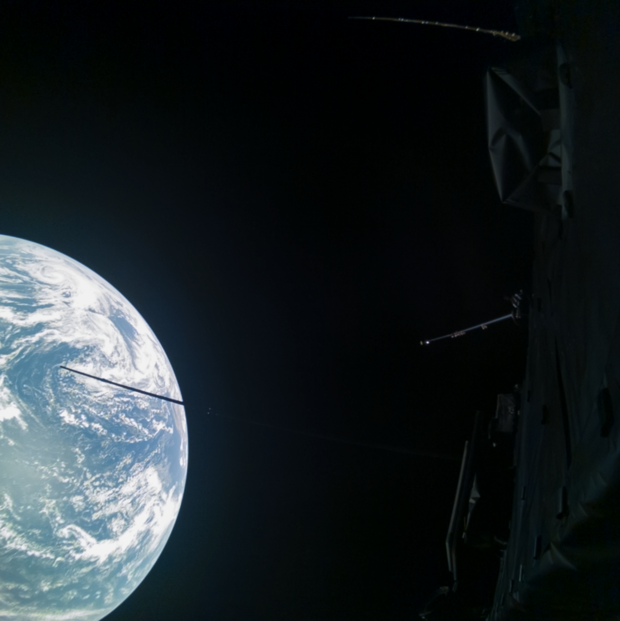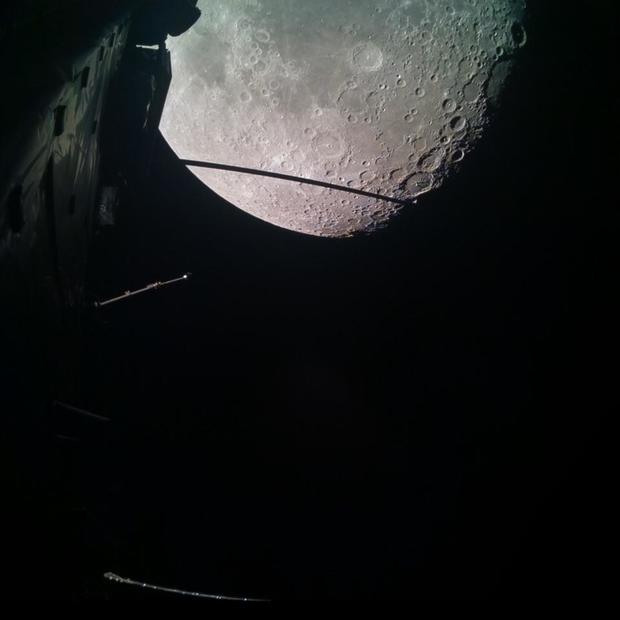
Jupiter spacecraft completes first moon-Earth flyby, ESA says
A spacecraft on its way to explore Jupiter flew past Earth on Wednesday, using the planet’s gravity to help it travel through the solar system.
The European Space Agency’s Jupiter Icy Moons Explorer, also known as Juice, flew past the moon on Aug. 19 and the Earth on Aug. 20. Both approaches were recorded between 5 and 6 p.m. EST, the ESA said in a news release. While passing Earth, Juice flew over Southeast Asia and the Pacific Ocean.
The flyby allowed the spacecraft to adjust its path through space, the ESA said. The gravity of the moon and the Earth allowed the explorer to change its speed and direction. The “inherently risky” mission required “ultra-precise, real-time navigation,” the ESA said, but is allowing the spacecraft to save fuel on its trip across the solar system.
ESA/Juice/JMC
“Thanks to very precise navigation by ESA’s Flight Dynamics team, we managed to use only a tiny fraction of the propellant reserved for this flyby. This will add to the margins we keep for a rainy day, or to extend the science mission once we get to Jupiter,” said Ignacio Tanco, spacecraft operations manager for the mission, in the news release.
Venus. It will reach that planet in August 2025, the ESA said. Flying by Venus will send the spacecraft back towards Earth. It will flyby Earth twice — once in September 2026 and once in January 2029 — to gain more energy before finally arriving at Jupiter in July 2031.
ESA/Juice/JMC
Once near Jupiter, Juice will “make detailed observations” of the planet and three of its moons. The moons — Ganymede, Callisto and Europa — all have oceans, and the mission will use “remote sensing, geophysical and in situ instruments” to learn more about whether the moons are potential habitats for “past or present life,” the ESA said.
The spacecraft will also monitor the environment on Jupiter, a gas giant, to see how it interacts with those moons. In total, Juice will make 35 flybys of the large moons during the mission.
More
More
Source: cbsnews.com
